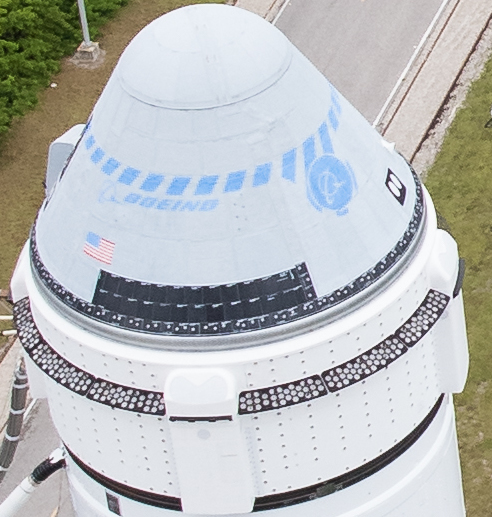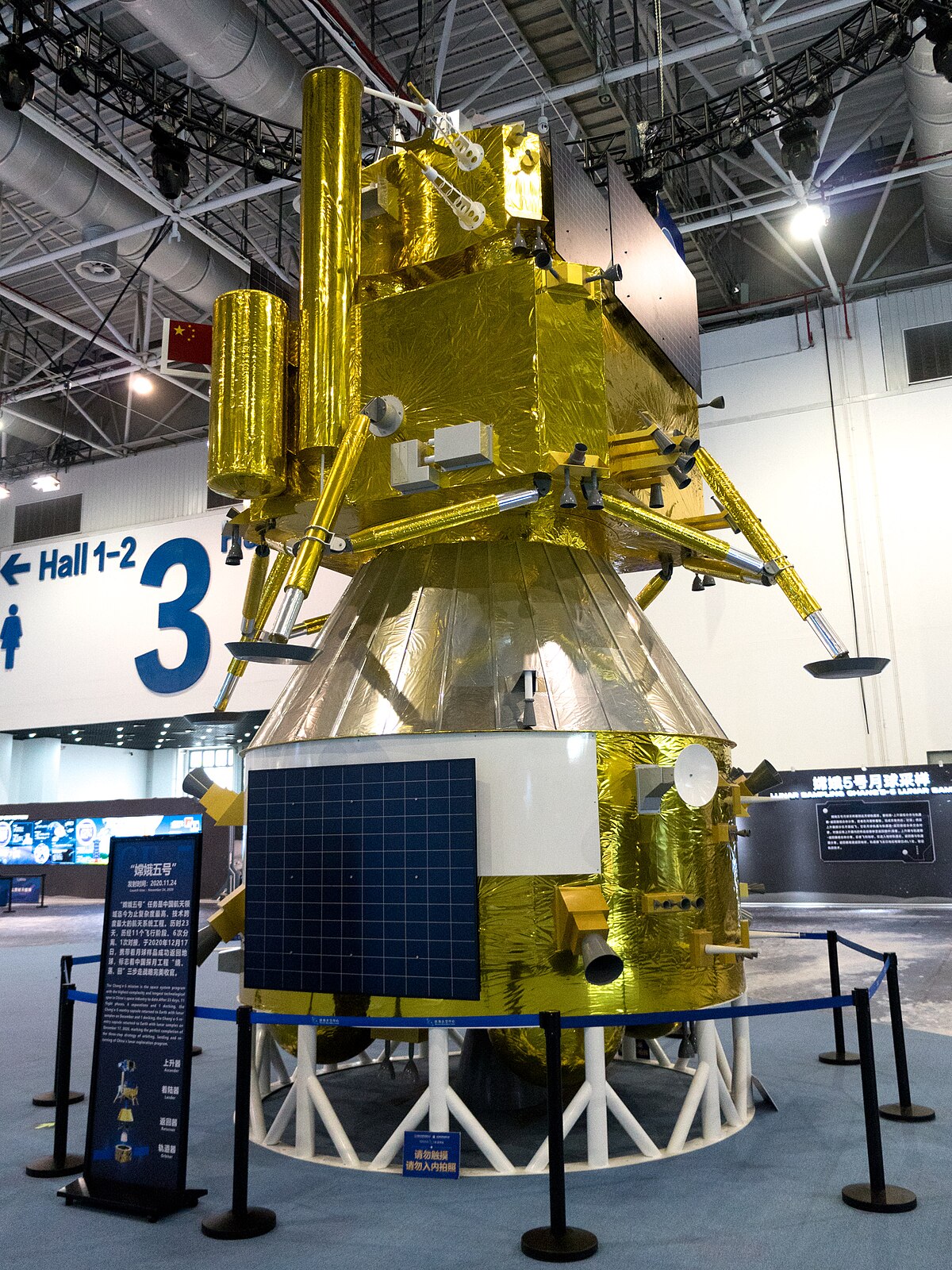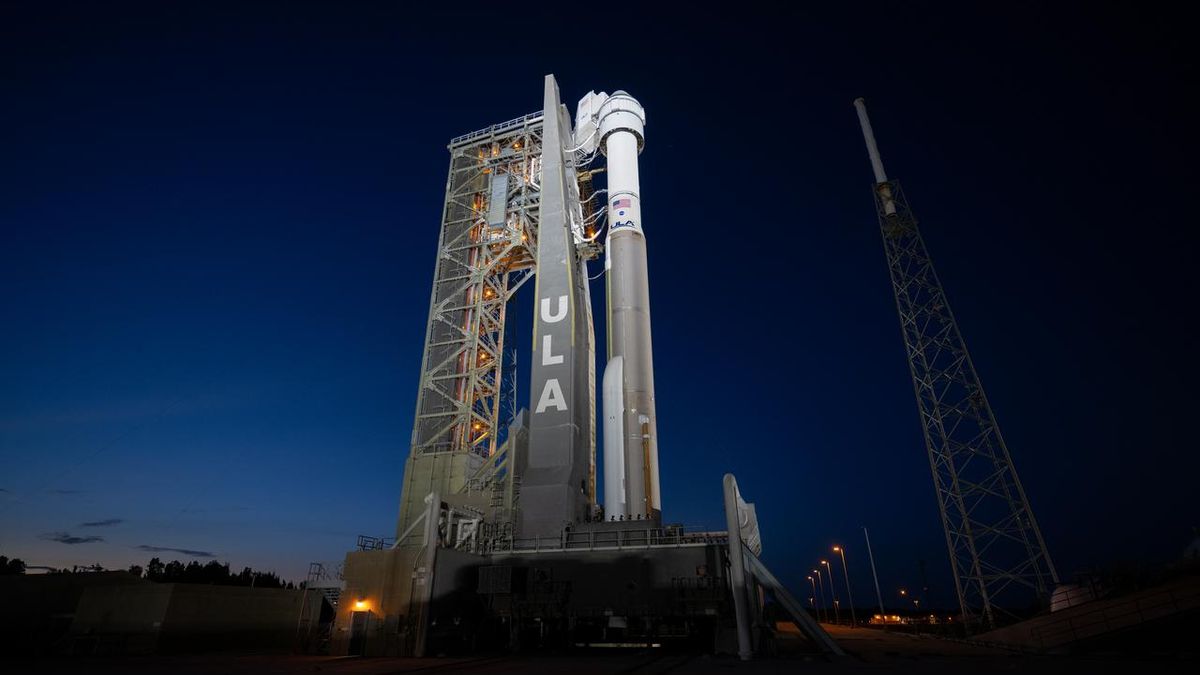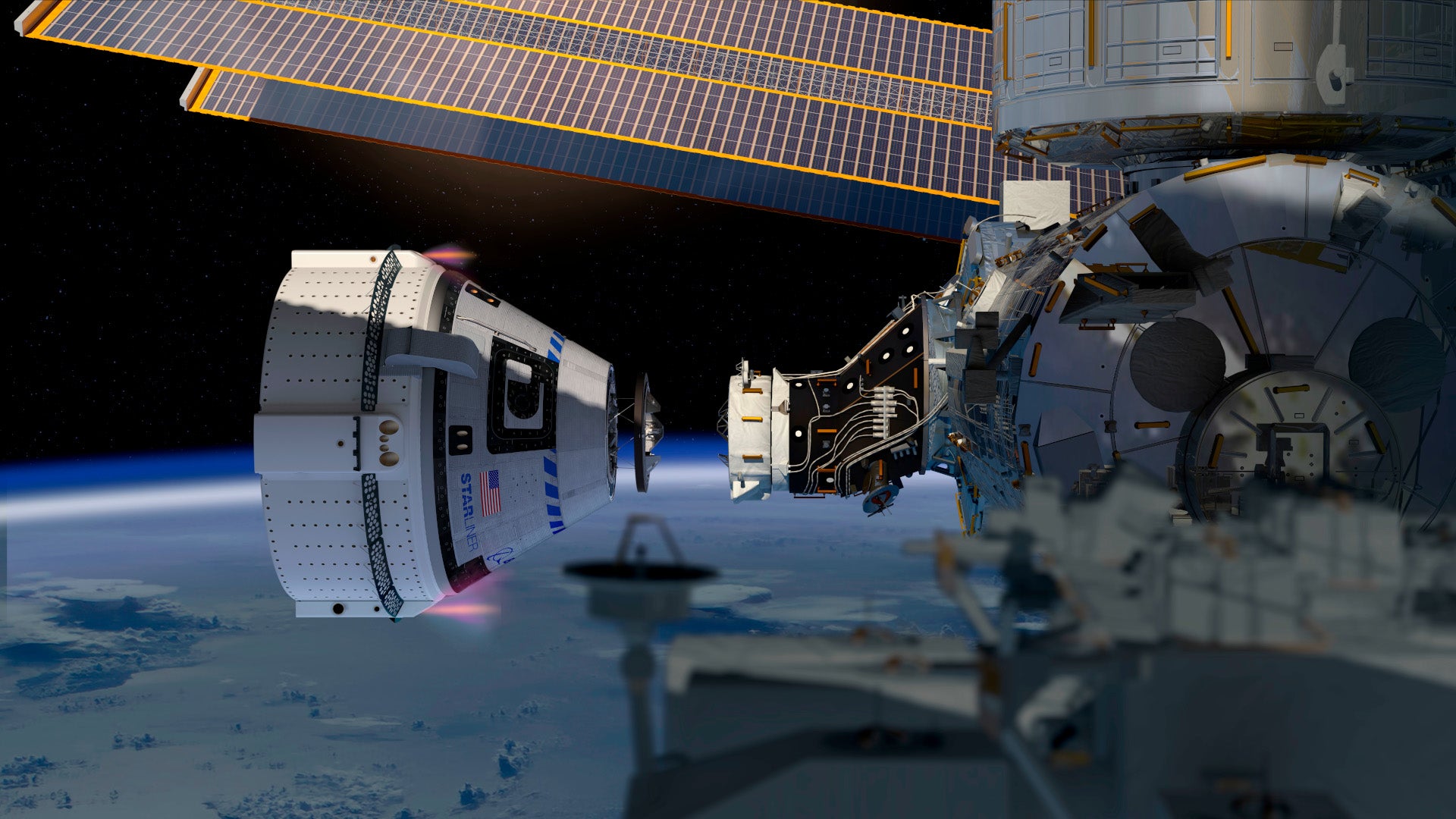Keep an eye on this story.
Now they are hedging the May 17 planned launch date.
Fair Use Cited
-----------------
Atlas 5 valve repair will delay Starliner’s first crewed mission to May 17 at the earliest
May 8, 2024
Will Robinson-Smith
Boeing’s Starliner spacecraft is going to have a wait a bit longer before its first astronaut mission can take place. Following the decision to scrub the Crew Flight Test mission about two hours prior to liftoff, teams with United Launch Alliance (ULA), Boeing and NASA concluded that more work was needed to prepare the Atlas 5 to launch.
In order to do that, the rocket will need to be rolled back to the Vertical Integration Facility (VIF) at Space Launch Complex 41. The anticipated timeline for the work will push the launch back to no earlier than May 17, according to NASA. The new liftoff time is now 6:16 p.m. EDT (2016 UTC).
During a post-scrub news briefing, ULA President and CEO Tory Bruno discussed an issue with a liquid oxygen self-regulating solenoid relief valve on the Centaur upper stage of the rocket, which created an audible buzzing noise heard by crew working at the launch pad. He said the valve vents pressure from the liquid oxygen tank and is “not dissimilar to many other valves like that,” adding that homeowners “have one in your home on your hot water tank.”
Bruno said that if the valve needed to be replaced, the Atlas 5 rocket would need to make a return to the VIF. However, he noted that the work to replace the valve likely wouldn’t require them to unstack the Starliner spacecraft.
He said because the Centaur upper stage is “a pressure-stabilized stage it has to be either stretched or under pressure to be structurally stable,” and therefore, they could use some tooling to stretch it in the VIF.
“We’d apply that tooling to support the Centaur and the Starliner on top and then we take off all the pressure and simply remove and replace the valve, re-pressurize it, remove the tooling and then we’d be ready to roll back,” Bruno said. “That procedure takes several days, so it’s unlikely we would be prepared to make another attempt before Sunday.”
Problem valve
Bruno said the issue with the valve was audible to members of the Blue Team, working inside the white room on the launch pad gantry to help the CFT astronauts, Butch Wilmore and Suni Williams, safely get into the Starliner spacecraft and secure the capsule.
Because ULA was preparing to launch a crewed mission, their procedures didn’t allow them to perform the same type of corrective measure that they would have been possible if it was a satellite atop the rocket.
“Once we got the crew off, we cycled the valve and it stopped buzzing. If this were a satellite, that is our standard procedure and the satellite would already be in orbit, but that changes the state of the fueled Centaur and we don’t do that when people are present,” Bruno explained. “And so, our flight rules caused us, called for us to scrub.”
Although cycling the valve stopped the fluttering, the oscillations re-occurred twice as the launch team drained cryogenic propellants from the rocket.
Bruno said that the valve in question is rated for 200,000 cycles (opening and closing). The question that ULA engineers sought to answer as they worked overnight and into the morning was whether they could determine if the valve had reached its life limit.
He said it was difficult to make a thorough determination on the valve as the launch countdown was in progress, which was also partially why they decided to scrub the mission.
“We are inferring the buzzing by looking at accelerometers that are nearby on the RL-10 rocket engines,” Bruno said. “So, what we couldn’t do during the count in real time, and what we are doing now, is going through that data to assess how many cycles were on the valve and whether or not it was fully open or not so that we know if those count as full cycles.”
Bruno said while the issue is relatively rare it is not unheard of and in fact, it is something that they’ve encountered and dealt about a decade ago on the AV-053 mission. That Atlas 5 rocket was launching the $1.1 billion Magnetospheric Multiscale mission for NASA.
“Prolonged buzzing like this was seen on AV-053, an earlier Atlas launch some time ago. Cycling the valve interrupted it as we expected,” Bruno said. “Three or four other times we have seen short buzzing where it didn’t sustain, but when it reappeared, we cycled the valve and it stopped and never appeared again. So, we have experience four to five times with this, one time with this exact behavior.”
Delayed gratification
The Starliner CFT mission will be the first crewed demonstration of Boeing’s spacecraft, offering NASA the dissimilar redundancy it sought at the onset of its Commercial Crew Program (CCP).
Wilmore and Williams had both suited up in their spacesuits and made it into the capsule by the time the scrub was called at around 8:30 p.m. EDT (0030 UTC). In a post on social media following the decision, NASA astronaut Mike Fincke, the backup pilot for CFT described his support for the decision.
“Even though yesterday’s Starliner launch was postponed, the bravery and professionalism of astronauts Butch and Suni as well as the entire launch team remain as towering as the mighty Atlas 5,” Fincke wrote on X, formerly Twitter. “Our determination underlines every mission’s spirit and we’ll be ready to reach of the stars again soon.”
Even though yesterday's #Starliner launch was postponed, the bravery and professionalism of astronauts Butch and Suni as well as the entire launch team remain as towering as the mighty #AtlasV . Our determination underlines every mission's spirit, and we'll be ready to reach for… pic.twitter.com/RJ87099nrC
— Col. Mike Fincke (@AstroIronMike) May 7, 2024
Williams has been part of the Starliner program for years. Back in 2015, she was one of four astronauts selected to work with Boeing and SpaceX as they developed their vehicles for the the CCP. She was originally named to the Starliner-1 mission in 2018 before being reassigned as the CFT pilot in 2022.
Wilmore was brought onboard as the commander of the CFT mission after former Boeing astronaut Chris Ferguson stepped down from the program in 2020, citing family considerations.
The Starliner program has encountered several challenges over the years, which
delayed its crewed launch to four years behind the crewed demonstration of SpaceX’s Crew Dragon. During the post-scrub press conference Monday night, Mark Nappi, Boeing’s CCP program manager, gave his assurance that Starliner remained in good shape and would be ready to fly when the rocket is ready,
NASA officials noted that the schedule for the International Space Station is pretty open this summer, so they are ready to receive Starliner when it makes sense to launch.
“As Suni has told us a couple of times, there was nothing magical about a certain date to go launch on, so we’re taking it one step at a time,” said Steve Stich, NASA’s CCP program manager. “We’re going to launch when we’re ready and fly when it’s safe to do so.”

 en.wikipedia.org
en.wikipedia.org

 en.wikipedia.org
en.wikipedia.org







